A*gR_3
Sep 15th – Nov 12th
Galería Moisés Pérez De Albéniz, Madrid, 2016.
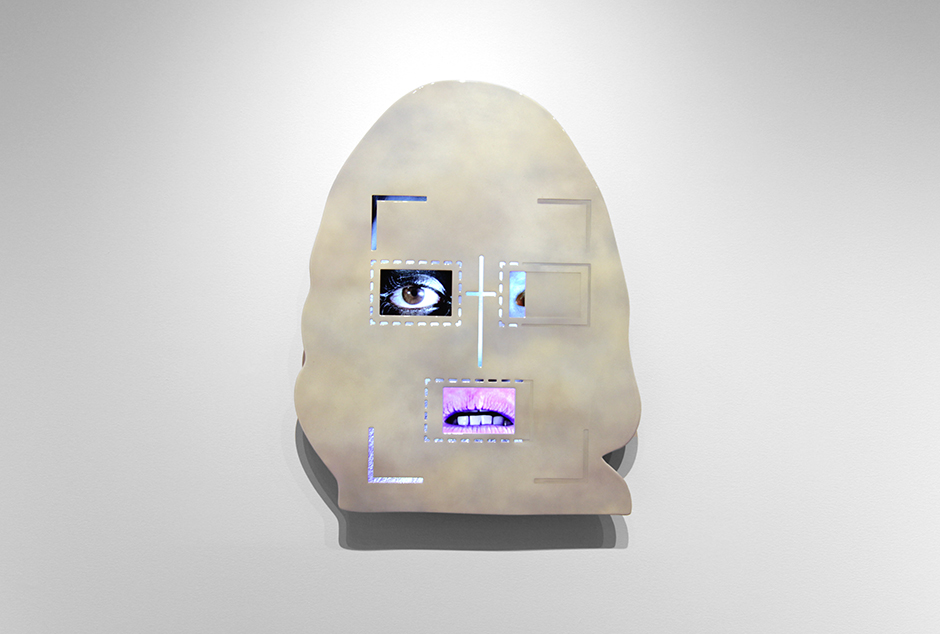
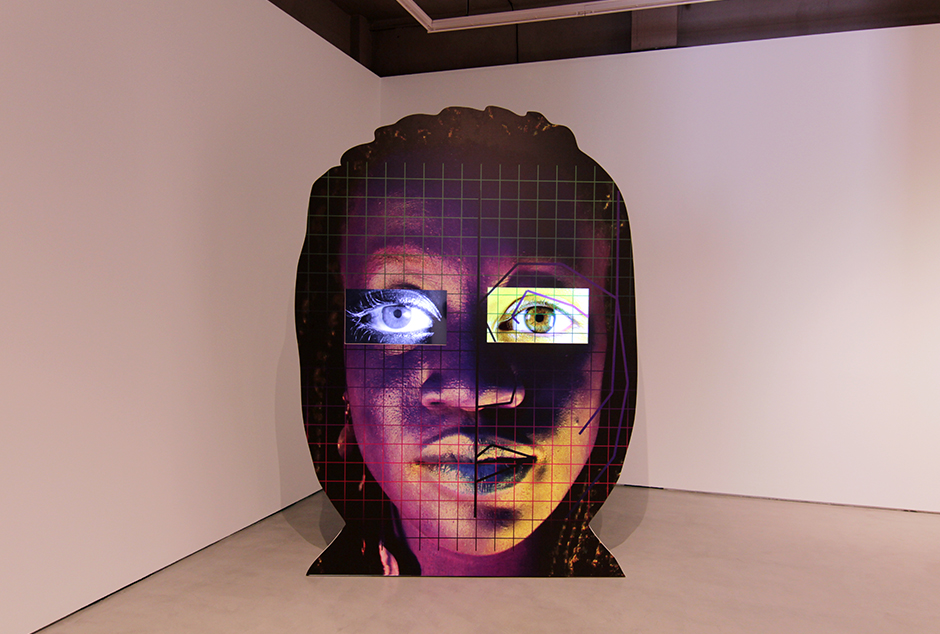
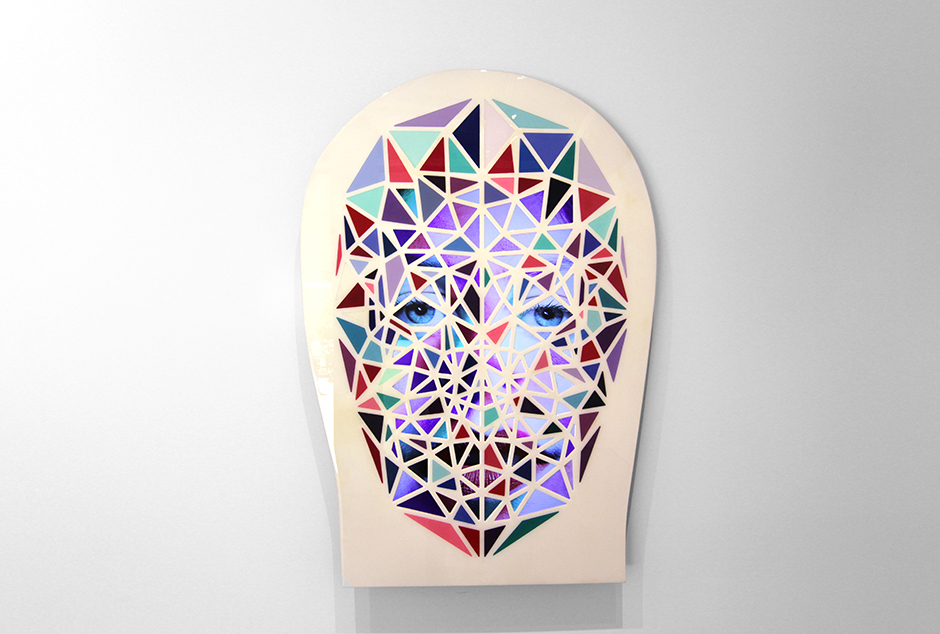
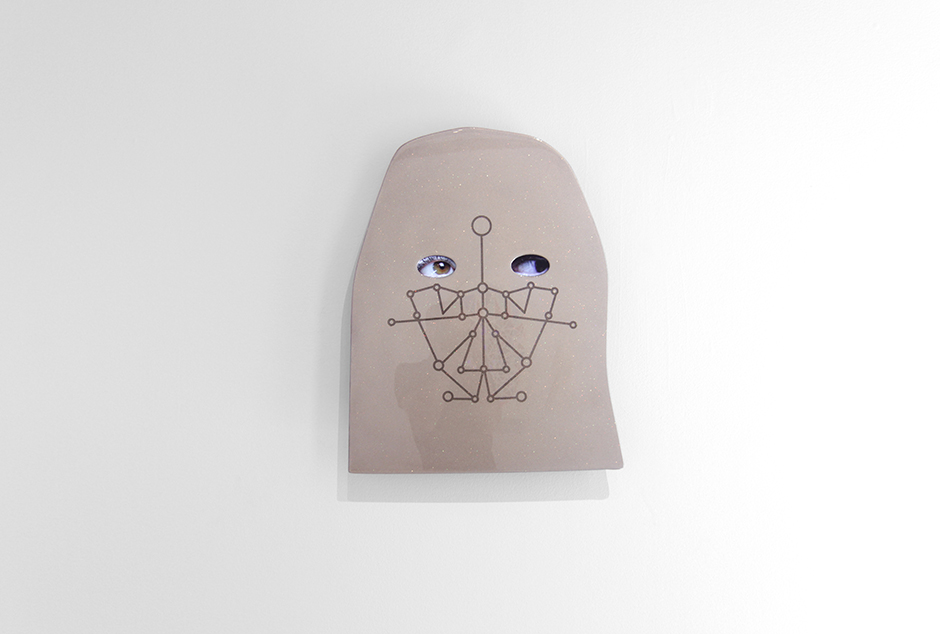
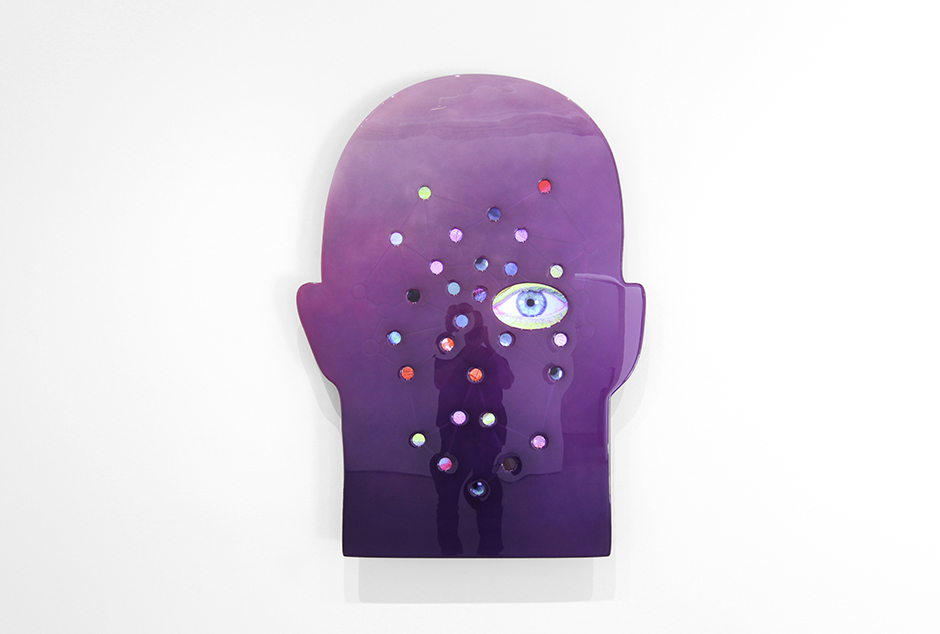

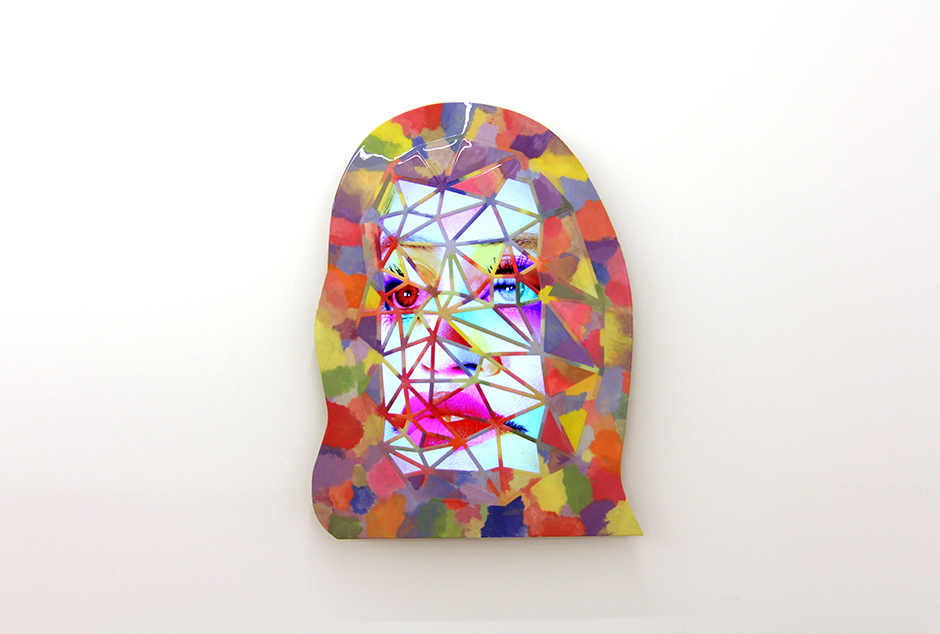
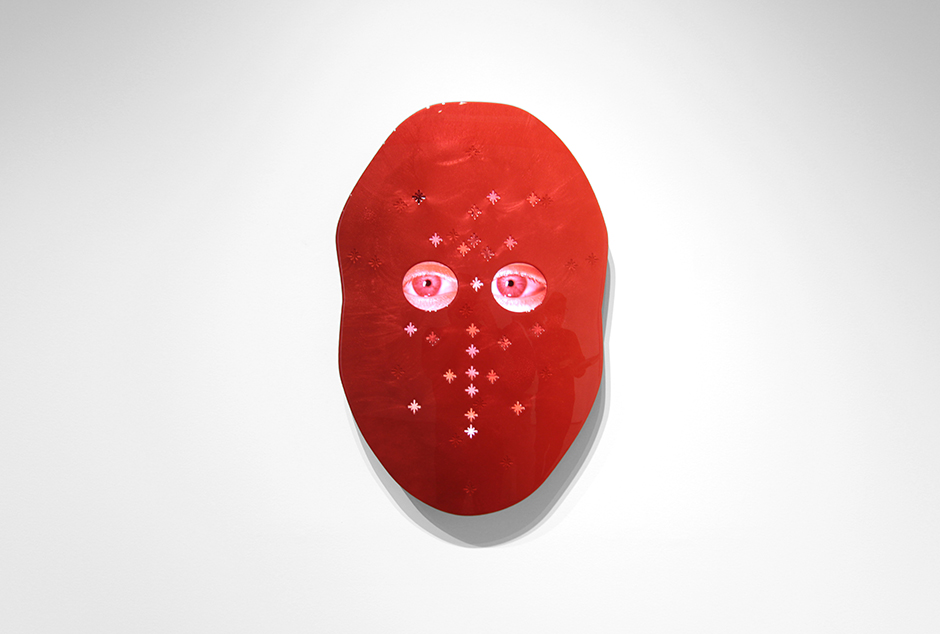
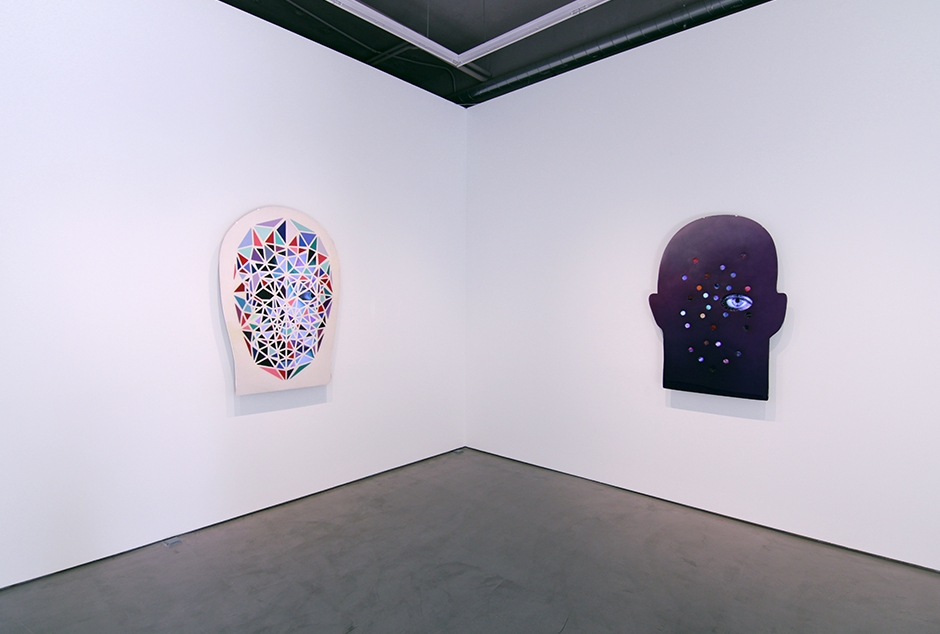
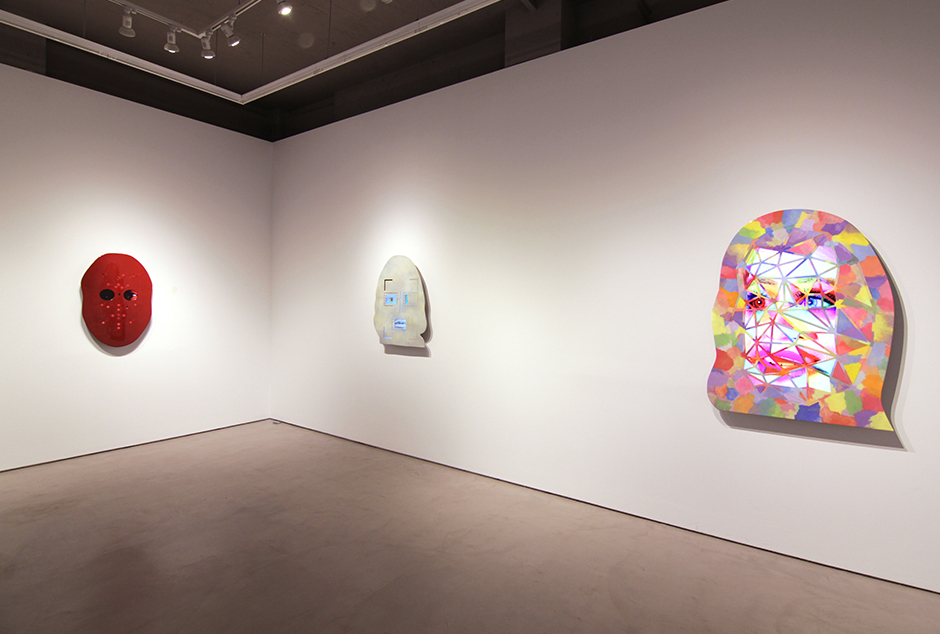
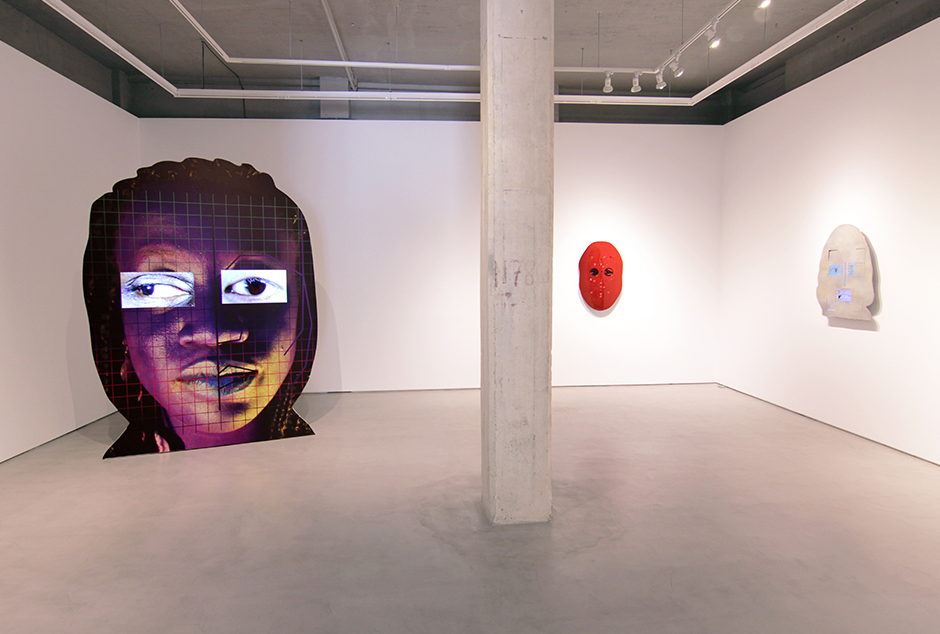
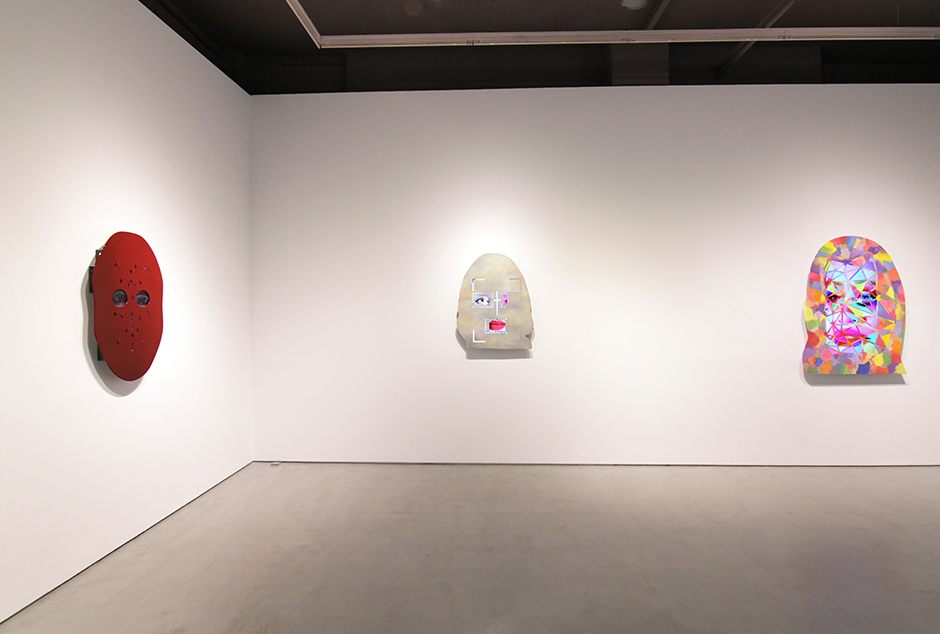
The most magnetic show by far is Tony Oursler’s “A*gR_3,” which presents a new series of works at Galería Moisés Pérez De Albéniz that analyze facial recognition software used for measuring biometric data such as facial scans, iris patterns, and fingerprints. Eyes blink and shift out of sequence as distressed voices emanating from the works whisper under their breath, as if trapped inside their casing. The hybrid faces are equally familiar and unnerving, piercing contemporary anxieties about privacy, surveillance, and identity. Oursler creates a sort of digital portrait in which we can see ourselves through the lens of machines we have recently created. The psychological dimension of human nature, which has long been an obsession of Oursler’s, is addressed here through his typical equation of imagery, sound and text. The result is a digest of narrative tools that have been constantly evolving in Tony Oursler’s work since his early pieces as an art student in California in the seventies.
Oursler's interest in the face as the locus of communication and identity through features, movements and expressions is central to this exhibition, the artist’s first solo show of new work in Madrid in over 5 years. The work unveils his fascination with dormant beauty behind certain technological mysteries. A human daydream that transcends monitors and speakers; machines that resemble humans. One of the artist’s intentions in A*gR_3 is to “invite the viewer to glimpse themselves from another perspective—that of the machines we have recently created.” The degree of fiction in his work is not at random; it has always been intentional, present since his early videos. The simple and perhaps ungraceful work of building theatrical props becomes the backbone of his works, bestowing a more marked degree of fiction. It leaves the imagery and sound sustained in a primitive, almost infantile place. It is not unusual for the artist to use doll houses where he can spread his ghosts around the rooms. Oursler, one of the first artists to choose video as his native tongue- raised on the boom of TV and the American mass media- creates images that suddenly belong to all of us, though we are unaware. It’s as if they emerged from a bad dream.